Today's Guide to the Marketing Jungle from Social Media Examiner... | Presented by | 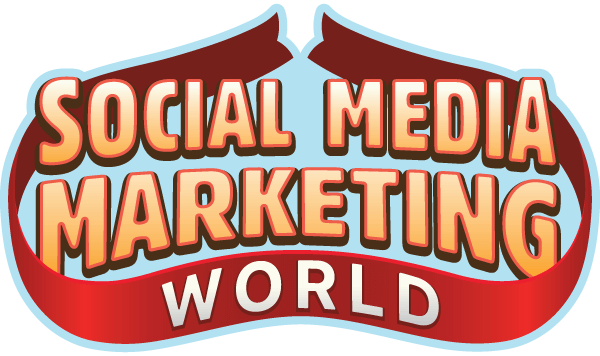 |
It's World Pulses Day, Alluser! We wouldn't have split pea 🥣 soup without them.
In today's edition:
-
Today's 👉 Tip of the Day is for video
-
🔑 4 keys to improve conversions
-
💲 Setting marketing agencies rates
-
🏆 Success through failure
-
3 steps for ✉️ subscriber retention
-
🤳 Video ads on X/Twitter go vertical
-
Facebook ❌ removes API access for Group 🗓️ post-scheduling
-
New LinkedIn features for 💬 comms and agencies
-
📣 Additional industry news from Instagram, Threads, TikTok, YouTube, and more

Want to save precious time and fees associated with contract negotiations? You'll always need a human attorney to sign off on contracts, but artificial intelligence (AI) can help with initial inspections.
Use AI to Review NDAs and Other Agreements
Simply upload the document to ChatGPT or Claude and use plain language to ask targeted questions to identify any areas that may be problematic or need adjustment to protect your business interests.
-
Is this agreement bilateral and fair to both parties?
-
Does the confidentiality clause fully protect my interests?
-
Is the length of the agreement (e.g., eight years) excessively long?
Based on its analysis, AI will flag provisions that could pose problems if you were to sign. You can even ask your AI to "rewrite section X to be more bilateral."
Today's tip is inspired by Christopher Penn, a featured speaker at Social Media Marketing World.
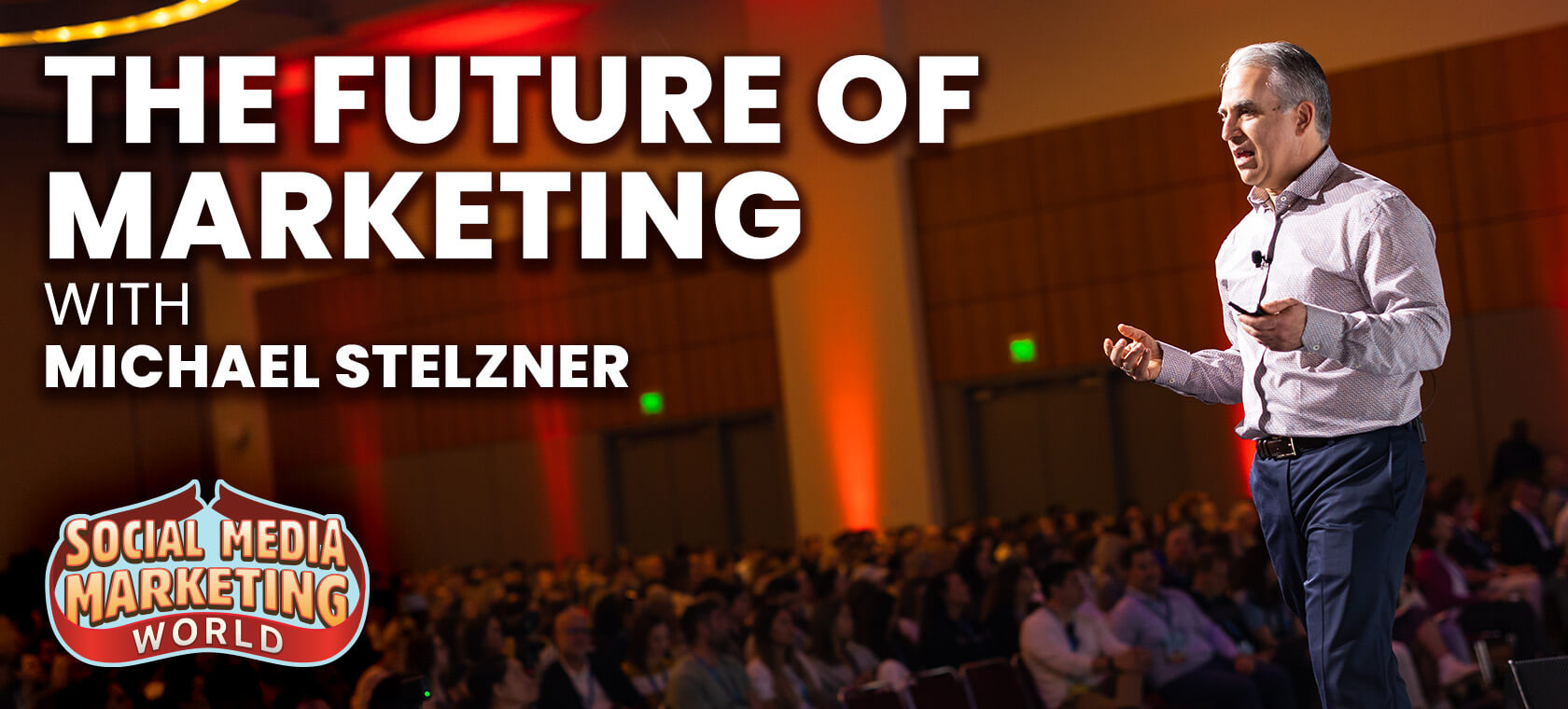
Watch My Opening Keynote on Feb 19th
Delivering the opening keynote for Social Media Marketing World is no small undertaking. Each year I conduct original research, examine industry trends, and try to provide a clear path forward for marketers. The pressure is even bigger this year because we've never seen this kind of disruption in marketing.
Even though my keynote is delivered once, I invest dozens of hours refining it, because it's my mission to make this one presentation worth the price of admission to the conference.
Get your ticket to watch in person or stream it live.
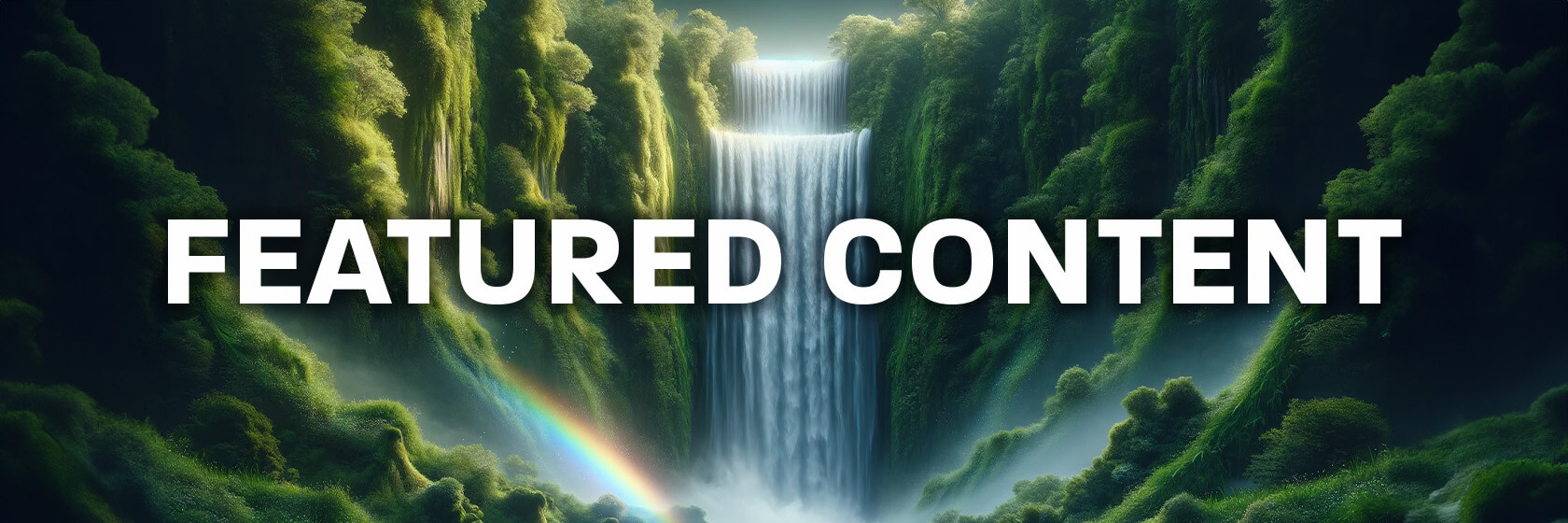
Better Engagement and Conversion Rates With Behavioral Economics
Behavioral economics combines concepts from psychology and economics to better understand how humans actually make decisions, which often involve mental shortcuts and irrational thinking.
By utilizing subtle aspects of the key principles from behavioral economics—framing, priming, anchoring, and relativity—marketers exert great influence on decisions due to quirks in human psychology.
While at times counterintuitive, applying the following key behavioral economics concepts allows your marketing campaigns and messaging to be structured around how customers think.
Framing
Framing refers to how information is positioned and the exact words used to describe something. Simply reframing statements can significantly impact interpretation and decision-making. For example:
Changing "if" to "when" statements. Instead of "If you have any questions, contact us," use "When you have questions, here is how to reach us." This implies moving to the next step.
Reframing from "anyone" to "everyone." Like stating "This special offer is available for anyone interested" versus "This exclusive deal is available to everyone who signs up this week." This taps into our human desire to be part of a group.
Ending with a question instead of a statement. Asking "Ready to get started?" leads to more responses than declaring "Contact us when you're ready." Questions feel open-ended and compel engagement.
Priming
Priming refers to the idea that introducing concepts and experiences, even briefly, before a decision is made can unconsciously impact what option is selected. This is why sensory details are so important in content.
For example, real estate listings emphasizing images of family gatherings and laughter can prime buyers to picture themselves experiencing joy in the home. An newsletter with a smiling photo of a group attending an event can spur readers to imagine enjoying a similarly happy experience. These primes anchor into emotions that later affect decision making, even if the buyer doesn't consciously realize it.
Anchoring
Anchoring means latching on to initial numeric values when making a guess or estimate. Since making calculations from scratch is mentally taxing, we typically adjust guesses up or down from whatever anchor we start with.
Savvy marketers utilize this tendency by providing a numeric anchor, even an extreme one, to drive decisions. For example, an ad suggesting to buy 18 candy bars may lead people to purchase 6, when without any anchor they may have only purchased 2. The anchor, even if too high for practicality, creates a new baseline that people adjust down from according to their means.
Relativity
Relativity describes how something seems good or bad depending on what we compare it to. We don't analyze options in a vacuum—initial points of reference change our perspective.
Software companies employ this tactic when pricing plans. They display the monthly charge for basic, pro, and premium options. Even though the middle tier may be objectively expensive, it seems more reasonable in context next to the priciest premium plan. Shoppers also perceive middle-shelf liquor as higher quality than bottom-shelf options purely due to surrounding contextual cues.
Pay attention to relativity by always leading with the most expensive offering first. This establishes a high anchor that makes lower desired price points appear far more reasonable and compelling in comparison.
Today's advice is provided with insights from Melina Palmer.
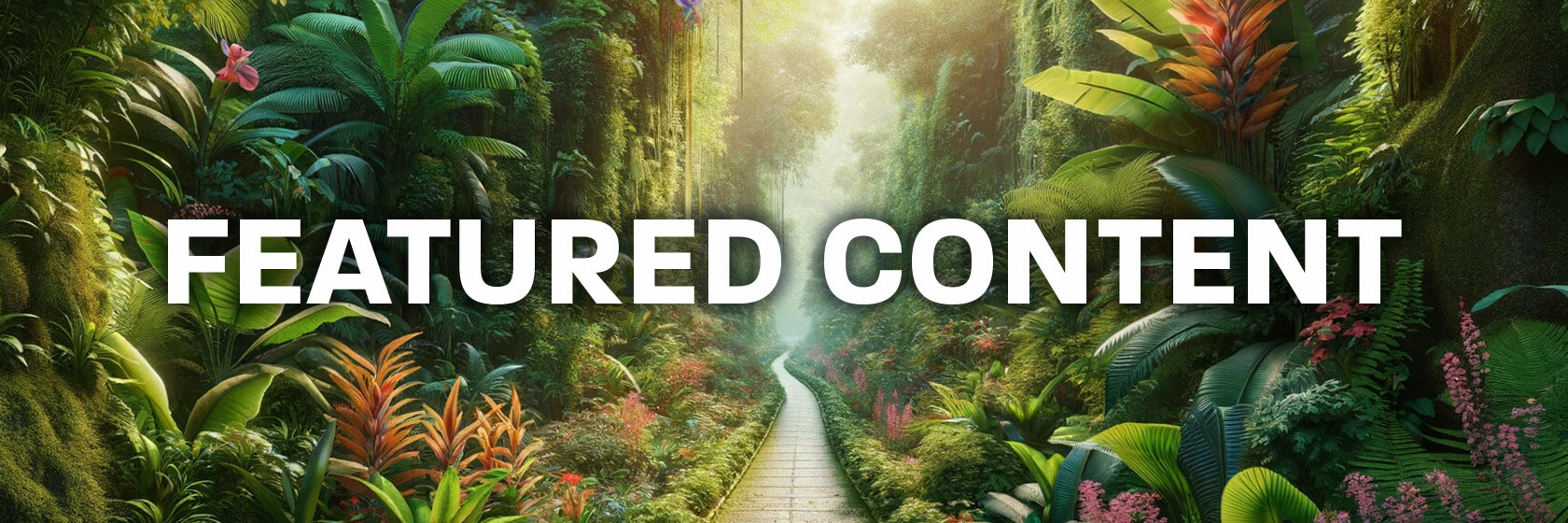
Setting the Right Pricing for Your Marketing Agency
Pricing your services is one of the biggest agency challenges. Pricing is never done because it continually evolves with the market, your business needs, and your team dynamic.
Aligning your agency's pricing with value and evolving your pricing as your agency grows are key to determining the most suitable pricing structure for any agency.
There are multiple ways you can price your services: an hourly rate for time and materials, a fixed bid that bundles scopes together, a retainer model where you're on call, and value-based pricing.
Align Your Pricing With Your Value Proposition
One of the keys to pricing your services is understanding the value you provide. Your pricing needs to align with your capabilities and expertise. When you first start your agency, price your services based on research of your competitors' rates and an honest assessment of what you can reliably deliver.
Make certain your pricing matches the value you now provide, not the rates your competitors charge. Over time, as your agency's capabilities expand, you should raise your prices accordingly.
This approach allows you to set fair baseline pricing while staying within your expertise.
Compare With Your Competitors
An important pricing strategy is positioning against your competitors. As an agency, you are up against three different types of competitors:
-
Direct competitors: Agencies that are similar to yours.
-
Indirect competitors: Agencies that differ slightly from yours but offer similar services.
-
Replacement competitors: In-house teams.
Comparing your costs to direct and indirect competitors is easy enough, but competing with in-house teams is a bit more complicated. For example, comparing the cost of your team of four against the cost of one full-time in-house marketing employee will make your value proposition tangible to potential clients.
Your goal is to make your pricing relatable based on budgets your potential clients already understand.
Develop Good, Better, and Best Service Packages
Your baseline "good" package should provide solid value without embarrassing you. You want to be careful not to cheapen your services so much that you won't be able to execute them for your clients.
The middle "better" package is where most buyers will land, so make it the best value. Start in increments of $1,000 or 10–20% of your baseline price. Add high-value items to this tier, like additional reporting or competitor data and research.
Finally, the premium "best" package should include special services buyers will covet. You can go exponentially—an anchor price—to show your potential customers what they are missing in the other two tiers. Or, you can show them accelerated capabilities, something you can sell and repeat that shows improvements in volumes, platforms, or additional people and resources, for example.
This tiered approach makes buying easier for your clients and allows you to showcase the range of your capabilities, giving people the option to see what they are missing in the higher price points and make their choice based on what they think is best.
Adjust Your Pricing as Your Agency Evolves
An effective pricing strategy must evolve as your agency grows. You shouldn't change your prices too drastically or frequently, as it creates confusion for your clients.
When discussing changes in your pricing, it's important to involve your team members from different departments like finance, operations, and services. This ensures your pricing aligns with your agency's resources and market conditions. While revenue projections in professional services can be tricky, regular evaluations can help you incrementally adjust pricing to stay current.
Today's advice is provided with insights from Beth Trejo.
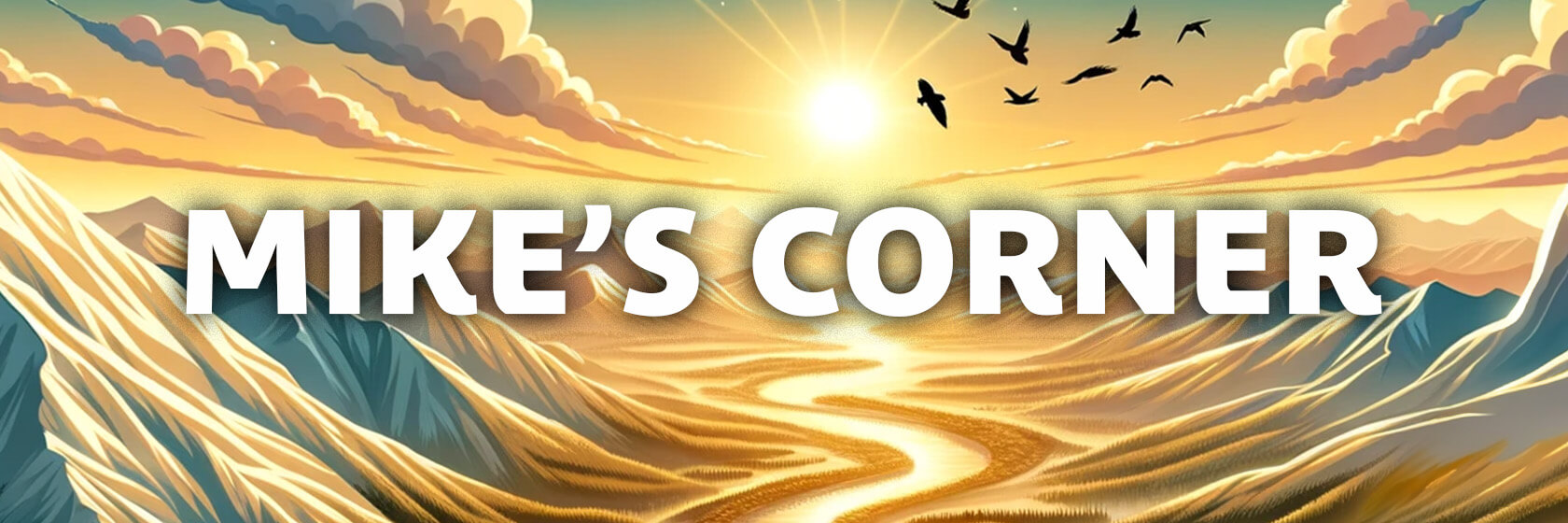
Could Failure be Your Superpower?
Let's be honest, no one likes to fail. No one wants to be labeled a failure.
I've failed a lot. Once, I thought I was going to be the next Walt Disney. I failed. And the list of things I've failed at goes on and on.
Is it possible that failure—or even the willingness to fail—is what makes you a better entrepreneur, marketer, or creator?
We've all heard "Nothing ventured, nothing gained" or "Fail fast and fail often." Does that mean there are hidden advantages to failure? Let's explore two tenets I believe in.
To Fail, You Have to be Willing to Try Something New
The fear of failure can be so great that it creates an invisible chain that stops you from achieving your dreams and potential.
The thoughts that could bind you include, "I could never do that," or "People like me don't take risks."
You can replace those thoughts with, "What have I got to lose?" or "What could I learn from the experience?"
The willingness to fail opens you up to a new way of thinking—an experimental mindset. The truth is, this was how we thought about everything when we were kids. Remember those childhood videos of you singing, dancing, acting, speaking, etc? Somewhere along the way, many of us have forgotten to try new things.
Quitting isn't indicative of weakness. It's actually the more innovative path when something isn't working. The act of trying is what really matters.
Why not try now? If you don't like it, you can quit.
Some of the Best Ideas Are Born From Failures
The act of failing is a chance for deep introspection and analysis. It creates stories and impacts the culture of your business.
Think about your last big failure. Did you analyze it from every angle? Did you embrace new ways of thinking or procedures to help your brain learn the next time around? Did you discover a little nugget of information or idea that became your next big idea?
Back in March, at Social Media Marketing World 2023, we failed to recognize that an influential part of our audience—agencies—felt left out. We had let rising costs reduce our speaker count. That led to a fair number of our returning customers, who happened to be agency owners, questioning if the event was for them anymore.
From analyzing this failure, we decided to launch the Marketing Agency Show in June 2023. We hired agency owner Brooke Sellas to host the podcast. We also committed to including more content relevant to agencies and brands at our 2024 event.
None of this would have happened if we hadn't made a mistake, received the criticism with humility, and then acted on it.
And hey, now we have an awesome new show because we failed at something.
The truth is, things like this happen a lot at my company. We learn from failure.
What's your view on failure? Do you permit yourself to fail? I'd love to hear from you.
Today's advice is provided with insights from Michael Stelzner.
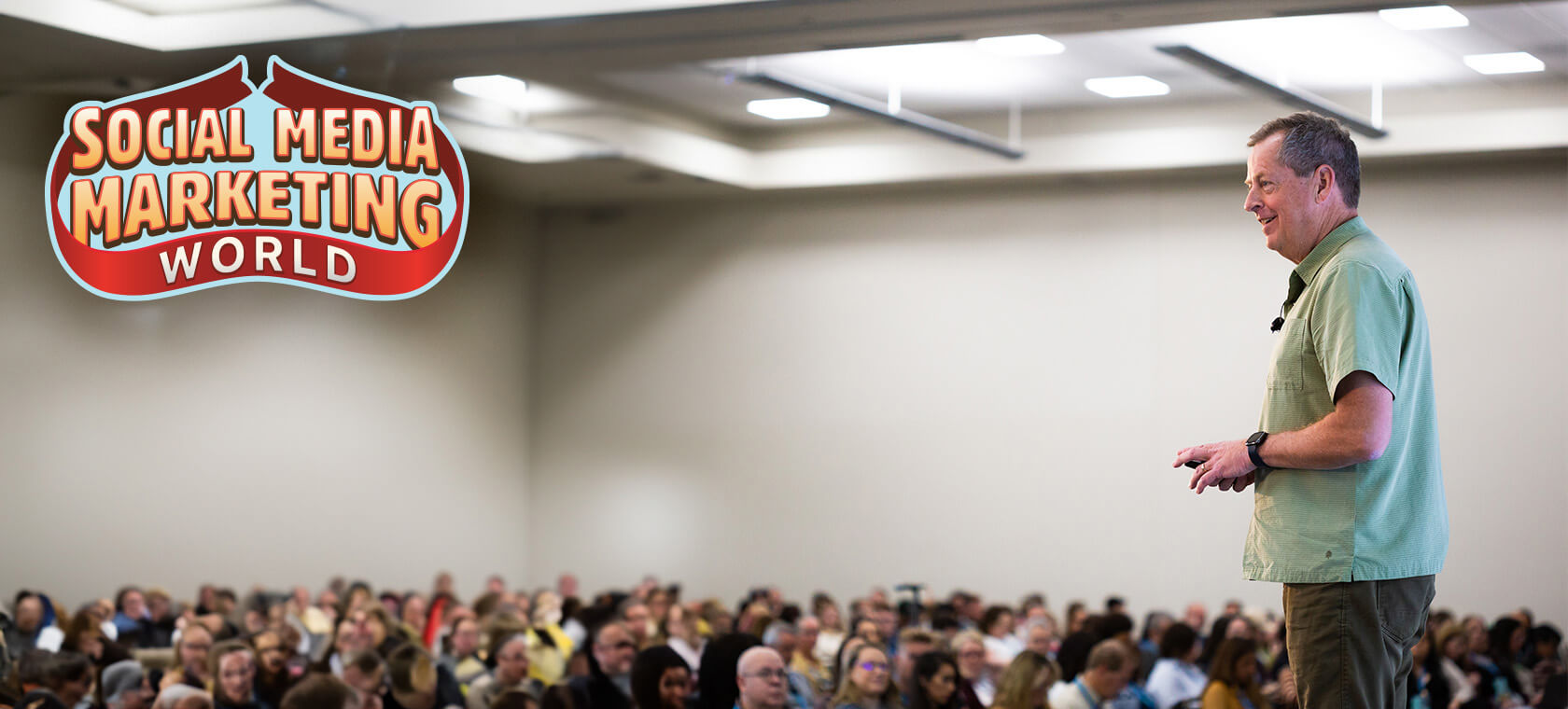
Level Up Your Skills and Business
With your All-Access ticket to Social Media Marketing World, you get an extra day of workshops covering important topics, including:
-
Using the Power of Storytelling in Business - Dr. J.J. Peterson
-
How to Make Referrals Your Most Effective Marketing Channel - John Jantsch
-
Leveraging a Proven Framework for Repeatable Success With Video - Ben Amos
-
How to Build Trust, Create Believability, and Inspire Action With the Written Word - Alex Cattoni
-
How to Create Content That Delivers Search Traffic - Jeff Oxford
-
From Ideas to Production: The Complete Content Marketing System - Melanie Deziel
Check out the incredible content!

Email Newsletter Strategy
Looking for a guaranteed way to reach prospects and customers with your messages? Wondering how email could help you attract and retain more customers?
There's no getting around it: social media, with all its challenges, is still one of the most powerful ways to grow your subscribers.
The key is to never leave money on the table. In other words, never write a post, upload a video, share a photo, or send a DM without reminding people of all the value they could be getting from your newsletter.
This doesn't just mean nagging viewers to subscribe. It means giving people something valuable to motivate them. That could be gated content, subscriber-only exclusives, a sense of community, or all of the above!
A 3-Step Onboarding Sequence for New Subscribers
The real work starts once someone takes the plunge and subscribes. You want to welcome and reward them so they'll never unsubscribe. This is your chance to make or break the relationship with new subscribers by sending three emails over three days.
Day 1: Acknowledge
Let's be clear: the first onboarding message is not about you. It couldn't be less about you. It's about your new subscriber!
So, make the copy all about them. First, thank them for signing up, and welcome them to an awesome community. Congratulate them on making a great choice. Then, acknowledge the problems that led them to your content or services. Finally, let them know what to expect next.
This welcome message focuses on how readers will benefit from joining the community.
If you want to, you can include a call to action (CTA). For example, you might have an exciting content exclusive or you might want to gather more information about new subscribers.
However, if you choose to include a CTA, make it subtle and optional. Remember, it's not about you!
Day 2: Include
In your second onboarding message, reinforce the new subscriber's decision. Yes, they did the right thing! Yes, this newsletter is going to change their life!
How do you do that? Well, you write something that is a little bit more focused on your brand. Talk about your mission and community, rather than going for the hard sell just yet. You can talk about your brand values, promises to your customers, commitments in the wider world, or your unique sales proposition.
This message expands on the company's values of accessibility and inclusion.
The goal here is to make readers feel like they're a part of your mission. They might have subscribed because they were looking for a solution to a specific problem. But now they're also going to discover an exclusive community and meaningful purpose. That's what keeps people reading.
Day 3: Mobilize
At the end of your onboarding sequence, your new subscribers should already feel some engagement with your content. But you want them to go a step further: take action toward your brand.
Offer them options. For example, this could be a lead magnet such as a free download or even an introductory offer. Focus on how these options will benefit them by solving problems, providing a unique benefit, or reaching toward an aspiration.
This message focuses on the real benefits to users, even offering them an interactive calculator to see how much they could save.
You can personalize this by making the offer interactive or drawing on information that you've learned about your subscribers.
The third onboarding email is also a great moment to bring in some social proof. Testimonials, reviews, and stories from other customers will help build your case.
Now, you've got a host of new subscribers who are eager for more messages.
Today's advice is provided with insights from Alex Cattoni, a featured speaker at Social Media Marketing World.
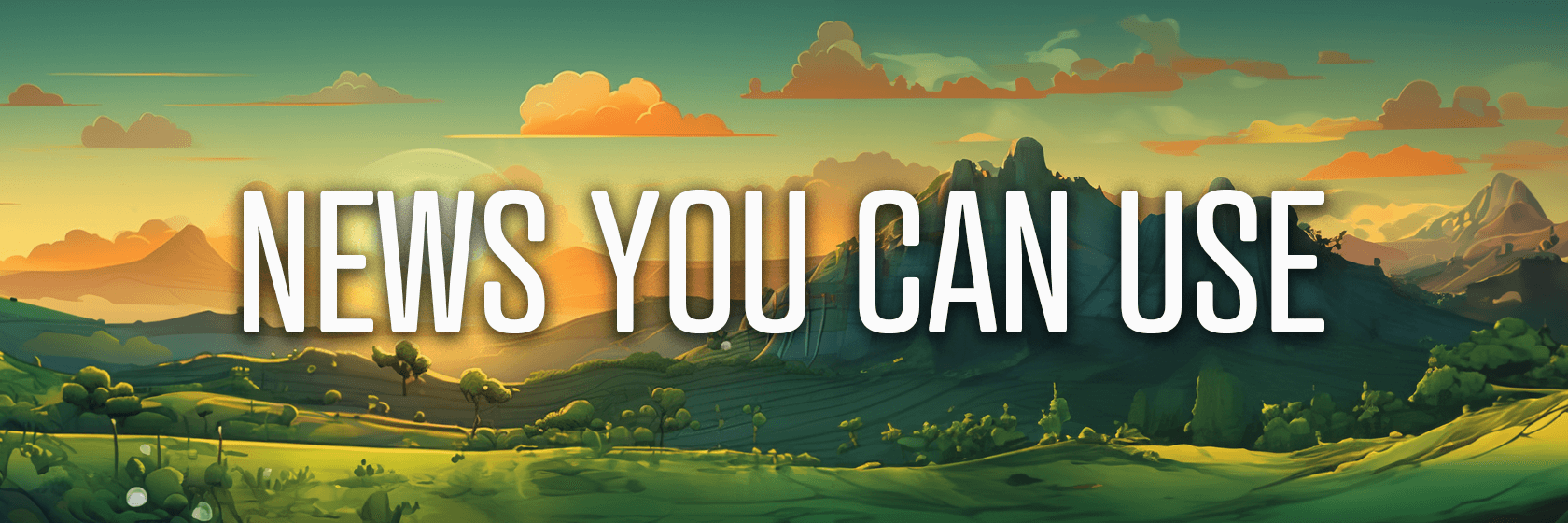
🗞 Meta Financials: Meta's 4th quarter and full-year report shows a rise in ad impressions and price per ad. Fourth-quarter impressions rose by 21%, prices rose by 2%, yearly impressions rose by 18%, and prices rose by 9%. The report also details a rise in users across several segments and announces a first-ever quarterly dividend. Source: PR Newswire
🗞 TikTok Studios to Open: TikTok is looking to expand into live-stream commerce by opening dedicated streaming studios in Los Angeles, according to The Information. At these studios, creators will be able to live-stream content and sell products in a more professional environment. By opening live-stream studios, TikTok aims to facilitate more options for creators to sell merchandise related to viral trends, similar to how TikTok has already created and sold custom products based on platform crazes. TikTok plans to test out more shopping initiatives in 2024, like food delivery and using AI characters as round-the-clock live-stream hosts. Source: Social Media Today
🗞 Vertical Video Ads on X/Twitter: X/Twitter announced it is expanding Vertical Video Ads globally to all advertisers. With full-screen viewability and sound on by default, a brand's message takes center stage, and advertisers can also drive website traffic with a call-to-action button. Starting today in the United States, advertisers can buy pre-screened, brand-suitable vertical video inventory through X's expanded partnership with Integral Ad Science (IAS). The IAS brand safety and suitability measurement product has now expanded to Australia, Canada, New Zealand, and the United Kingdom. Source: X/Twitter
🗞 Facebook Group Post-Scheduling: Meta is shutting down the Facebook Groups API in the latest version of the Facebook Graph API, causing significant problems for many businesses and developers who rely on the API for scheduling and automatically posting content to Facebook Groups. The closure underscores Meta's ability to make abrupt changes that significantly disrupt complementary businesses and services in its ecosystem, with unclear reasoning and planning. Source: TechCrunch
🗞 Instagram Grid Preview Feature: Instagram is testing a new Grid Preview feature that allows users to see how their photos and carousel posts will appear in their feed before posting. This feature enables users to preview their posts in the context of their Instagram grids, ensuring the posts align with their desired aesthetic. Source: Lindsey Gamble via Threads
🗞 Snapchat, Moving Forward: Snap announced a new campaign designed to underscore its mission and vision. Source: Snapchat
🗞 YouTube's 2024 Vision Focus: In a 2024 vision statement, YouTube announced four priorities to empower creativity and support creators on the platform: leveraging artificial intelligence to augment human creativity through new features like Dream Screen for Shorts, recognizing top creators as entertainment industry players and providing monetization options like channel memberships, optimizing the YouTube viewing experience on TVs and expanding subscriptions, and upholding responsibility efforts around protecting the community. The announcement also highlighted milestones like YouTube Partner Program members, growth in living room viewing and Shorts uploads, etc. Source: YouTube
🗞 Write With AI for Media on Facebook: Users can now utilize Facebook's "Write with AI" feature to generate captions when posting photos. Source: Jonah Manzano via Threads
🗞 LinkedIn's Media Planning API: LinkedIn is launching a new Media Planning API for agencies. The API provides forecasted reach and frequency insights to inform campaign strategies and media mix decisions before spending ad budget. This empowers agencies to optimize plans for targeting B2B audiences on LinkedIn more precisely based on audience demographics, roles, industries, and behaviors. With forecasted performance metrics, agencies can demonstrate the value of choosing LinkedIn to secure investments while efficiently allocating budgets. The API integrates with agencies' existing tools for more cohesive strategies. Source: LinkedIn
🗞 LinkedIn Catch Up, Grow Tab, and AI Messaging Starters: LinkedIn is introducing a new "Catch Up" tab in the redesigned My Network section to encourage more engagement between connections. The Catch Up tab will highlight updates from connections like new jobs, work anniversaries, or if they are hiring. Users can easily like or start a conversation with prompts like congratulating them on a work milestone. LinkedIn is also moving connection requests, newsletter/event invites, and recommendations to a separate "Grow" tab. Additionally, LinkedIn launched an AI-powered messaging feature for premium users to assist with drafting an initial outreach message to connections they aren't already connected with. The feature uses profile data to customize prompts for introducing oneself or asking for career advice. Users can edit the message before sending it. Source: TechCrunch
🗞 Meta AI Media Labeling: Meta is working with industry partners to establish common technical standards for detecting AI-generated content across mediums like video and audio. In the next few months, Meta will start labeling images posted to Facebook, Instagram, and Threads when indicators show they are AI-created. By working collaboratively on detection standards and properly attributing AI content across image, video, and audio, Meta aims to help educate users on what is organically created by other people versus synthesized by AI. Source: Meta
🗞 Bluesky Enrollment Opens: The platform announced enrollment is no longer reliant on invite codes, and it is open to the public at large. Source: Bluesky
🗞 Snapchat User Base: Snap announced that its platform has surpassed 800 million monthly active users. Sources: Snap
🗞 Threads Feed AI System Explained: The content you see in your Threads feed is selected and ranked by an AI system that aims to show you relevant content you're likely to engage with. It gathers public Threads content and posts from accounts you follow, then considers signals like your past engagement to score and rank content. You have options to customize your feed, like unfollowing accounts, muting, hiding posts, and reporting content. The AI prediction models look at signals such as how often you've liked an author's content or viewed their profile to estimate engagement. Other signals used include post view time, content quality, and whether the post follows community guidelines. Source: Meta
🗞 TikTok Sub Space: TikTok is testing a new live engagement feature exclusively for subscribers called "Sub Space." Sub Space allows creators to set up a private chat room for paying members during live broadcasts. Creators can either respond to subscriber chats on camera to give them dedicated engagement time or participate via text chat with subscribers separately from regular viewers. Source: Social Media Today
🗞 X Articles: X/Twitter is testing a new "X articles" feature that will provide a dedicated blogging system and custom link preview cards in the feed leading to more traditional article formats. The preview cards will include an image, headline, and summary, similar to Twitter's old link preview format. The hosted articles will be tagged as "X article" to indicate they are natively hosted. Source: Radu Oncescu via Threads
🗞 Audio-First Podcasts on YouTube: Audio-first podcast creators can now upload their podcast episodes to YouTube automatically by submitting their podcast RSS feed if they are in a supported country. When submitting an RSS feed, YouTube will create static image videos using the podcast artwork for each episode and upload them to the creator's YouTube channel. New episodes added to the RSS feed will also be automatically uploaded as unlisted videos. To comply with the Terms of Service, podcasts cannot contain paid promotions unless creators declare them appropriately. Source: YouTube
Did You Know?
Before the alarm clock, people relied on a Knocker-up… a person who rose early and used a long pole to rap on customers' walls or windows and wake them in the morning.

Michael Stelzner, Founder and CEO
P.S. Add
michael@socialmediaexaminer.com into your contacts list. Use Gmail?
Go here to add us as a contact.
We publish updates with links for our new posts and content from partners. Your information: Email:
tukangpostemel@gmail.com Opted in on: 2021-09-06 17:03:43 UTC.











